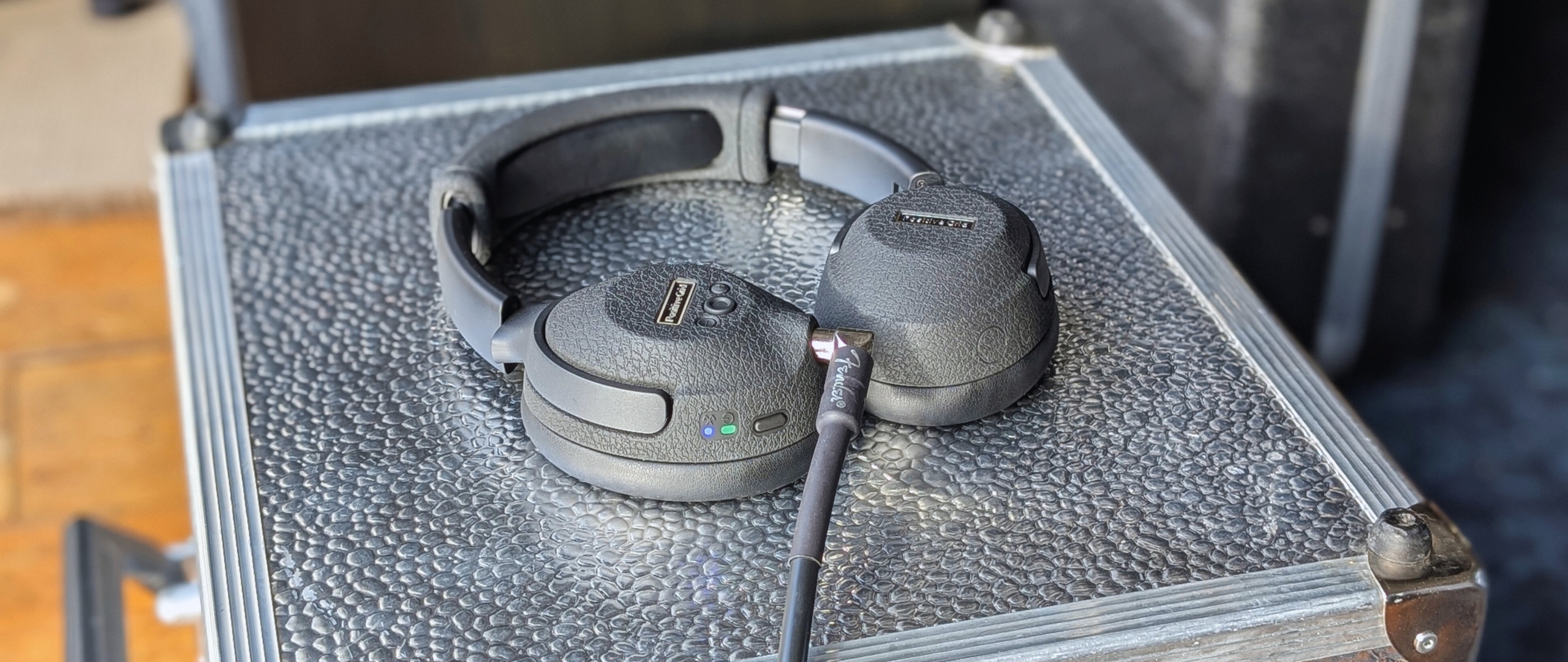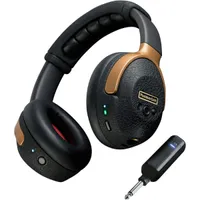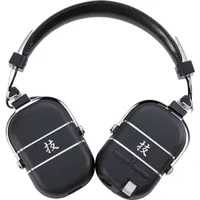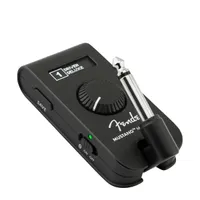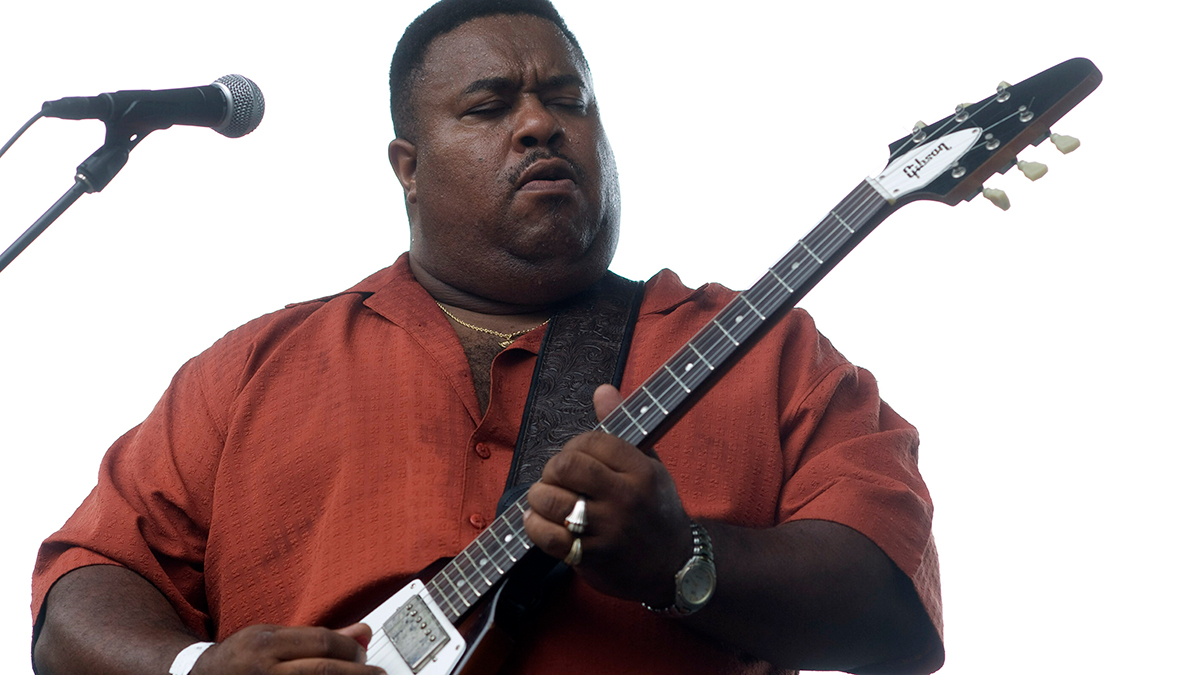Guitar World Verdict
If you’re on a tight budget then the Positive Grid Spark Neo Core can absolutely replace going the traditional route of a practice amp, but you will need to find the right cable to make it work. The sounds are simply superb, offering an immersive and inspiring playing experience and with such a vast choice of tones on offer, most guitarists will find something they love here.
Pros
- +
Offers realistic and immersive guitar tones.
- +
Excellent array of amps and effects models.
- +
The isolation is great even without active noise canceling.
- +
Seriously rugged design gives a very durable feel.
Cons
- -
Input placement isn’t very ergonomic.
- -
No option to convert it to wireless retroactively.
You can trust Guitar World
What is it?
Price: $159
Frequency range: 20Hz – 20kHz
Headphone sensitivity: 100dB SPL (@ 1kHz)
Impedance: 32 ohms
Drivers: 40mm ABF Diaphragm
Playtime: Up to 8 hours
Buy from: Positive Grid
It wasn’t that long ago that Positive Grid released its first headphone amp for guitar and now, it's seen fit to follow up with a second product already. The Positive Grid Spark Neo Core is a more budget-friendly alternative to the original Neo which was launched earlier in the year, offering you the same great sounds but sans any wireless connectivity.
It used to be that the only real combined headphone/amplifier combo was available with the Boss Waza-Air, an expensive option for the majority of guitarists, but these last two releases from PG certainly challenge that. The Neo Core is available at $159 from launch, against the $249 you’ll have to outlay for the wireless version, so it’s not a saving to be sniffed at.
Connectivity comes in the form of plugging any standard 1/4-inch guitar cable into the headphones themselves, a feature that is present on the Spark Neo and the Boss Waza Air in case you’re waiting for your wireless transmitter to charge. There’s no ability to use a 3rd party transmitter with the Core though, nor can you pick up a Positive Grid transmitter and use it that way. So these are cabled headphones, and always will be.
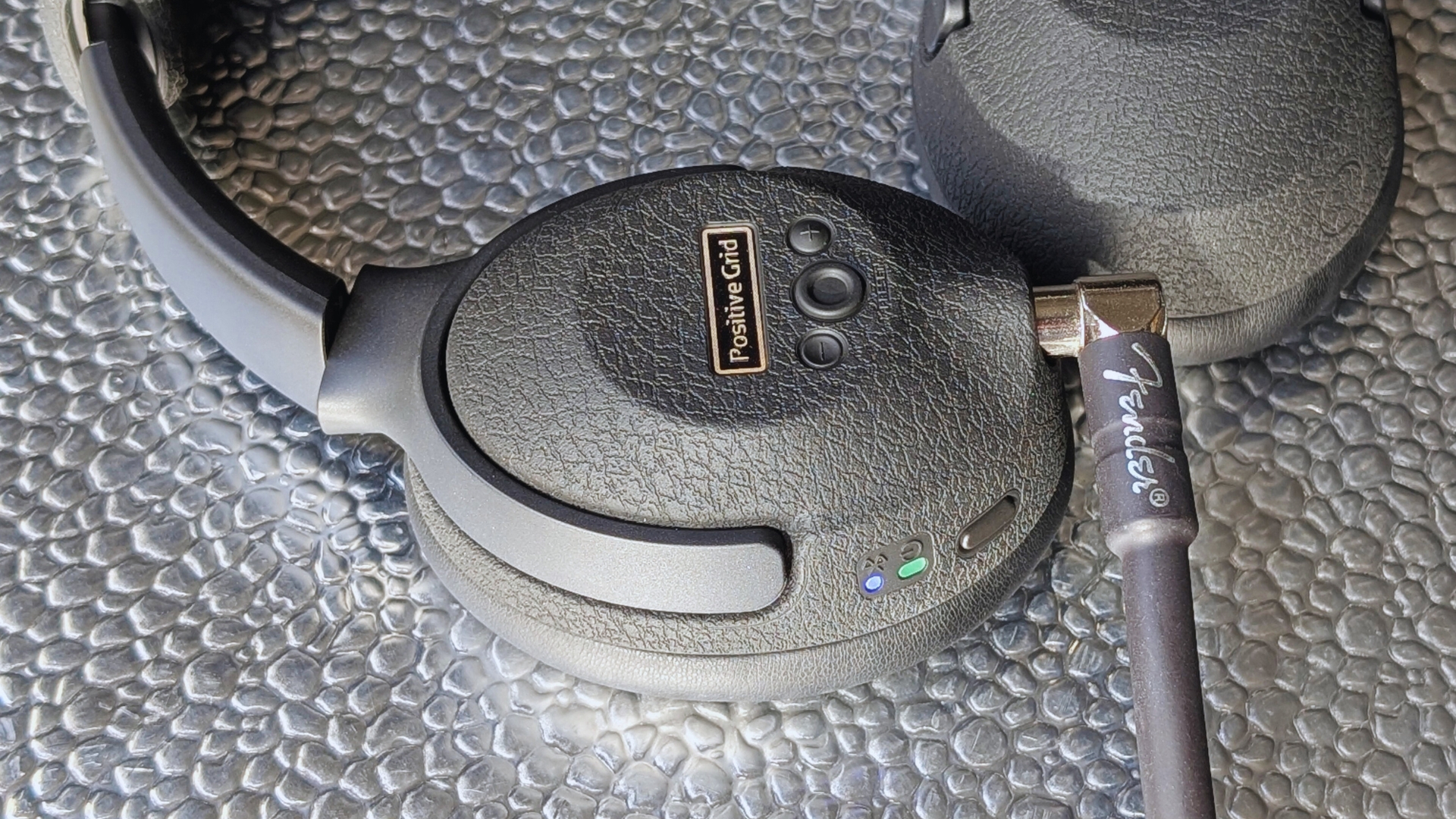
Although you can’t connect to your guitar wirelessly, the Neo Core does still double as a Bluetooth headphone, so you can jam along to your favorite tunes or use it as a regular listening device away from your guitar with the same great sound. Custom 40mm drivers aim to offer a good balance of tone across the frequency spectrum, with ear cups designed to enhance noise isolation, keeping you focused on your playing while minimizing bleed to those around you.
It also has all the same tone options as its pricier, bigger brother, with access to the full 33 amp and 43 effects models, backing tracks, Auto Chord mode, and the Spark AI tone generation feature. Boasting 6-8 hours of battery life, it should hold plenty of charge for users to jam regularly without recharging and interrupting those impromptu jam sessions.
Specs
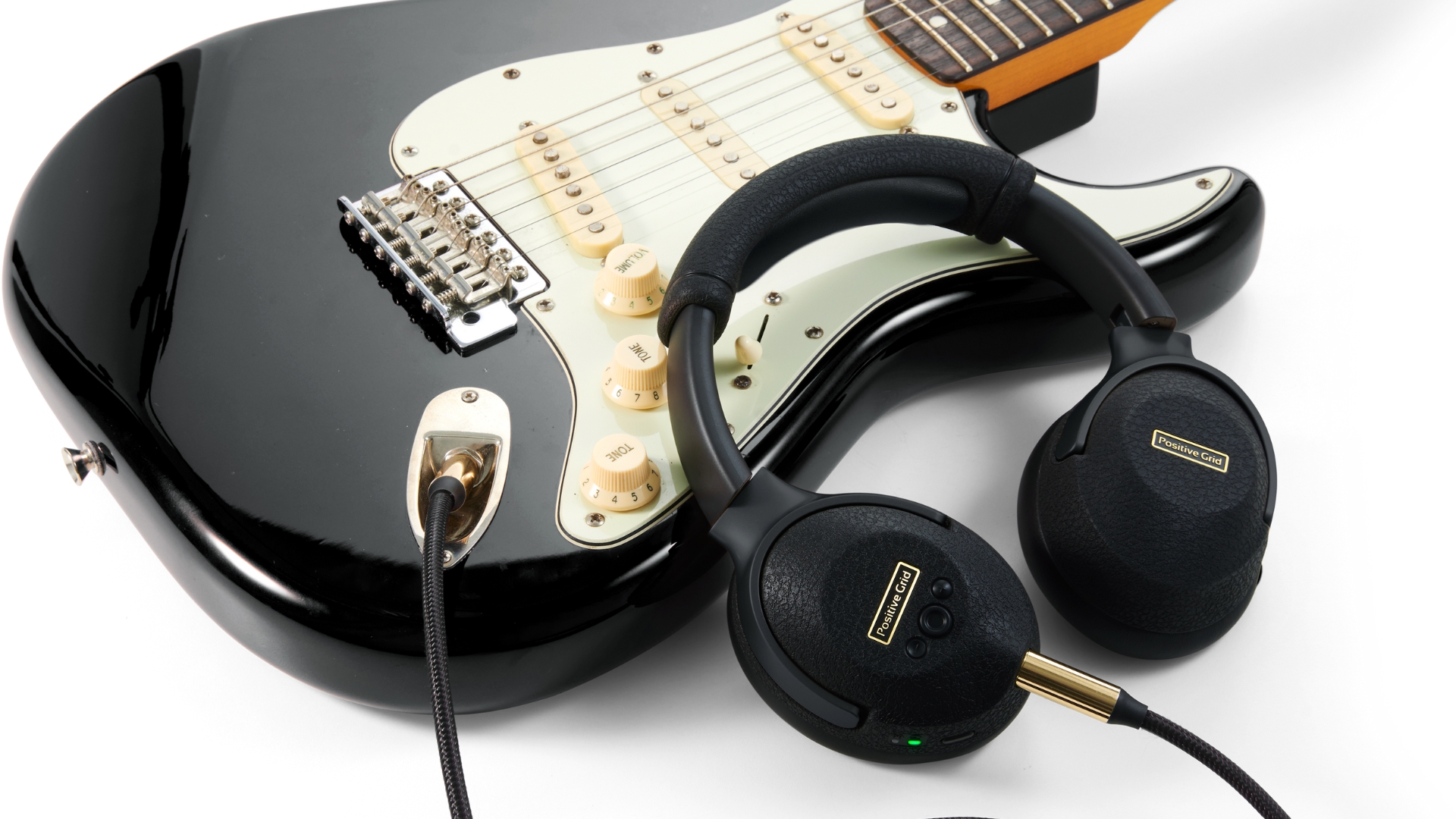
- Launch price: $159
- Type: Modeling amp headphones with Bluetooth
- Made: China
- Speaker drivers: 40mm ABF Diaphragm
- Headphone Sensitivity: 100dB SPL (@ 1kHz)
- Impedance: 32ohms
- Frequency range: 20kHz-20kHz
- Bluetooth: 5.0
- Hardware controls: Preset Selector, Guitar Volume, Power button / Bluetooth Pairing (streamed audio volume controlled at source device e.g smartphone)
- Latency: 3.8ms
- Features: Bluetooth streaming, four onboard presets, 33 amp models, 43 effects accessible via Spark app, app also includes Spark AI for tone matching, Auto Chords, 100,000+ tones via ToneCloud and Tuner
- Battery life/charging time: Headphones up to six hours with guitar and up to eight for music playback. Charging time 3.5 hours via USB-C.
- Connectivity: 1/4" guitar input
- Footswitch: Not included but compatible with Spark Control and Spark Control X
- Dimensions: Headphones: w180×d195.22×h80.81mm.
- Weight: 372 grams (headphones only)
- Contact: Positive Grid
Build quality
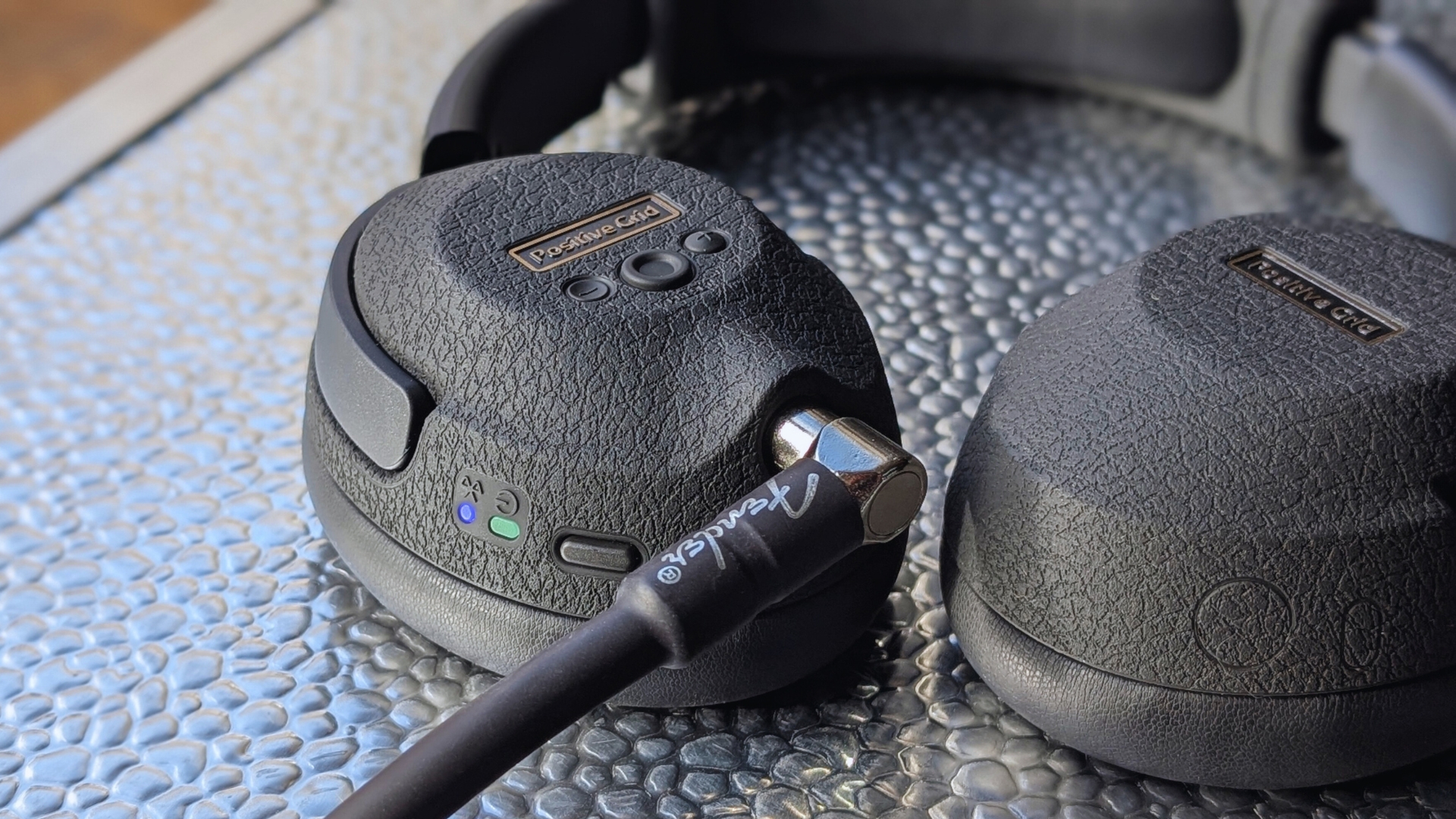
Build quality rating: ★★★★½
The Spark Neo Core is nearly identical to the Spark Neo in terms of the way they look, and how ruggedly they are built. There are some slight differences though. The Neo Core doesn’t have the gold accents of the Neo, opting for a more understated all-black ensemble which some might find preferable. There’s also a slight difference in the head cushion, with the Neo having a segmented look to it while the Neo Core is just one smooth piece.
All the latest guitar news, interviews, lessons, reviews, deals and more, direct to your inbox!
On the left ear cup of the Neo Core there’s the slight indentation of what would be the transmitter connect button on the Neo, while the right ear cup features the exact same design, housing the 1/4-inch input, preset button, volume buttons, Bluetooth connect button, and the USB-C charging port.
I really like that Positive Grid has set about making these headphones feel extra robust, more like a piece of guitar gear than your average pair of studio headphones. The rubbery coating on the ear cups gives the look of amp Tolex but makes them feel incredibly rugged, and I have no qualms about chucking them in a backpack sans-hard case to take them somewhere.
They feel a lot more able to deal with roughhousing than the Boss Waza-Air, and as far as I can tell, there’s no difference in build quality between the Neo and Neo Core which is a nice touch. All the hinges feel nice and solid and are able to swivel in one direction, so you can make them slightly smaller, although I wouldn’t go so far as to call them compact.
Usability
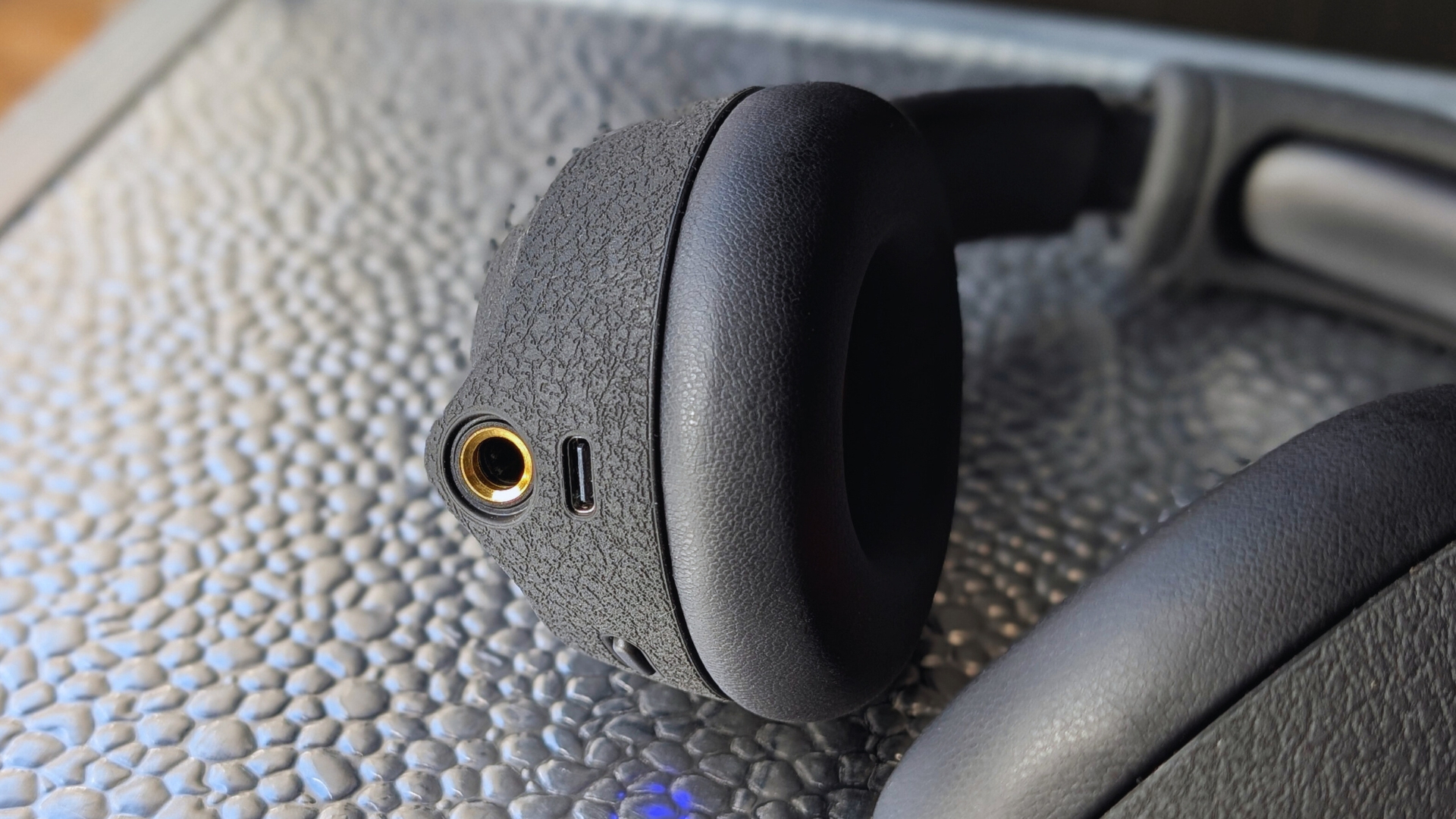
Usability rating: ★★★½
With no wireless connectivity to deal with in terms of plugging into my guitar, I can eschew the smartphone app and plug a cable straight into the headphones and get playing right away with the default presets. There’s a problem though. The angled cable I choose with the thick Neutrik connectors doesn’t fit properly into the jack input, because its recessed slightly into the rubber of the ear cup.
I thought I was being clever using an angled cable to push the cable over my shoulder but the weight of it and the slightly less-than-snug fit means that it doesn’t work in this format. I switch to a Mogami straight-to-straight cable with a thinner gauge instead, which kind of solves the problem. It fits perfectly, but now there’s a straight bit of cable that needs to go either in front of or behind my shoulder.
Opting for the behind position to start with, I quickly realize that it just won’t work like that. There’s not enough clearance between my shoulder and the jack of the cable in order for it to bend that way. Instead, having the cable go past my armpit and in between the armrest of my guitar is the most natural way for it to fall. The problem here is that if I want to turn my head right to look at my picking hand or the controls on my guitar the cable against my shoulder results in the headphone coming away from my ear.
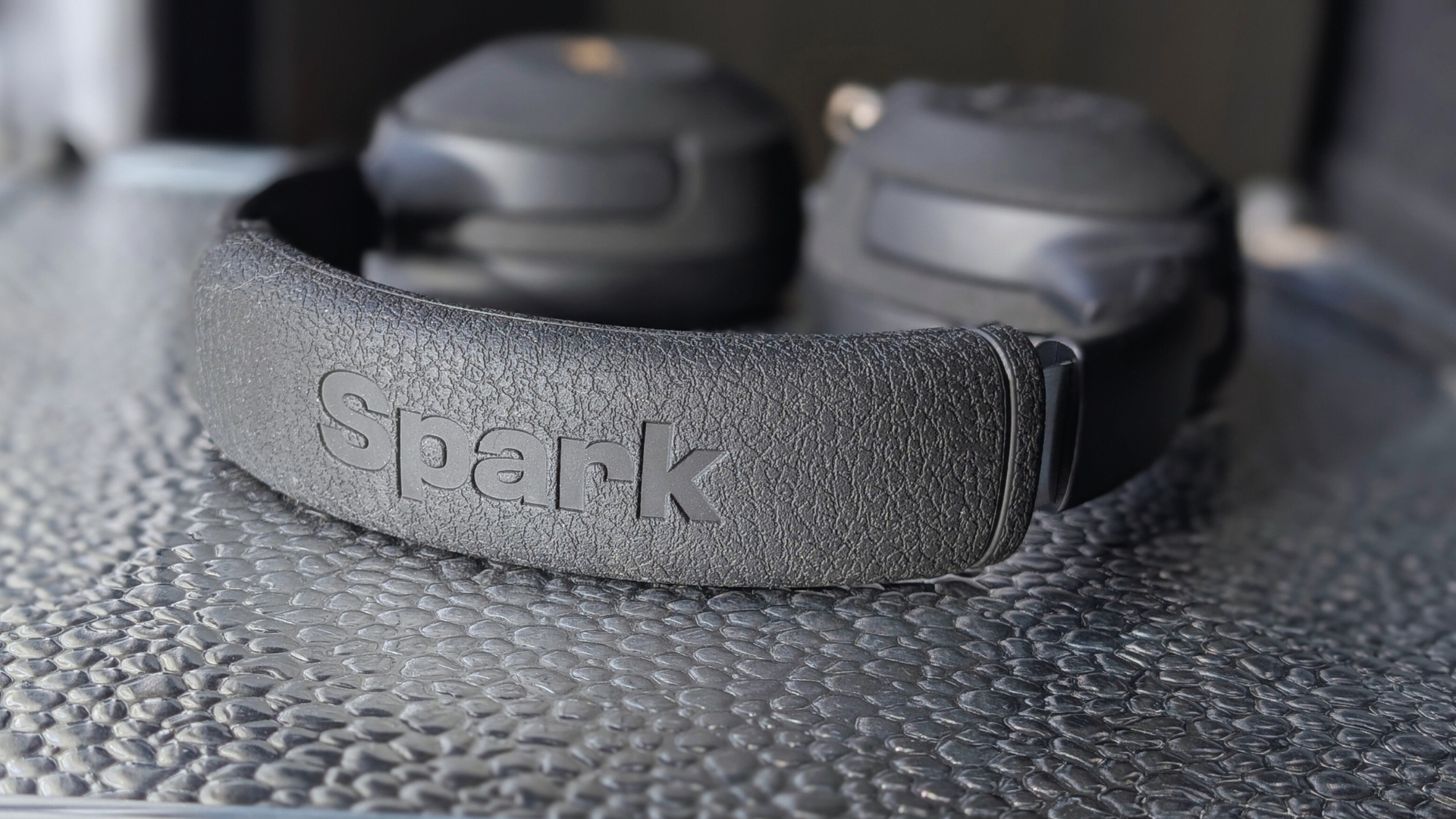
As I’m playing, I can feel the weight of the cable pulling the right side of the headphones down slightly, and although it doesn’t massively inhibit what I’m doing, I am aware that it’s there all the time. It certainly makes headbanging along to my favorite chunky riff feel a lot less fluid than I’d like.
Going for my third cable, I opt for a cheaper, lighter Fender angled jack which lets me run the cable back behind my shoulder, but has a thinner connector housing that makes a better connection, and a lighter gauge to prevent the weight of it pulling down. This feels much better ergonomically, and I can finally start enjoying myself without feeling like something is going against my natural playing position.
It’s easy to say in hindsight, but having a slight angle on the cable input would make for a much better experience in my opinion. Anything just to offset the angle of the cable slightly and get it out of the way of your shoulder would result in a much more comfortable experience when using a straight cable.
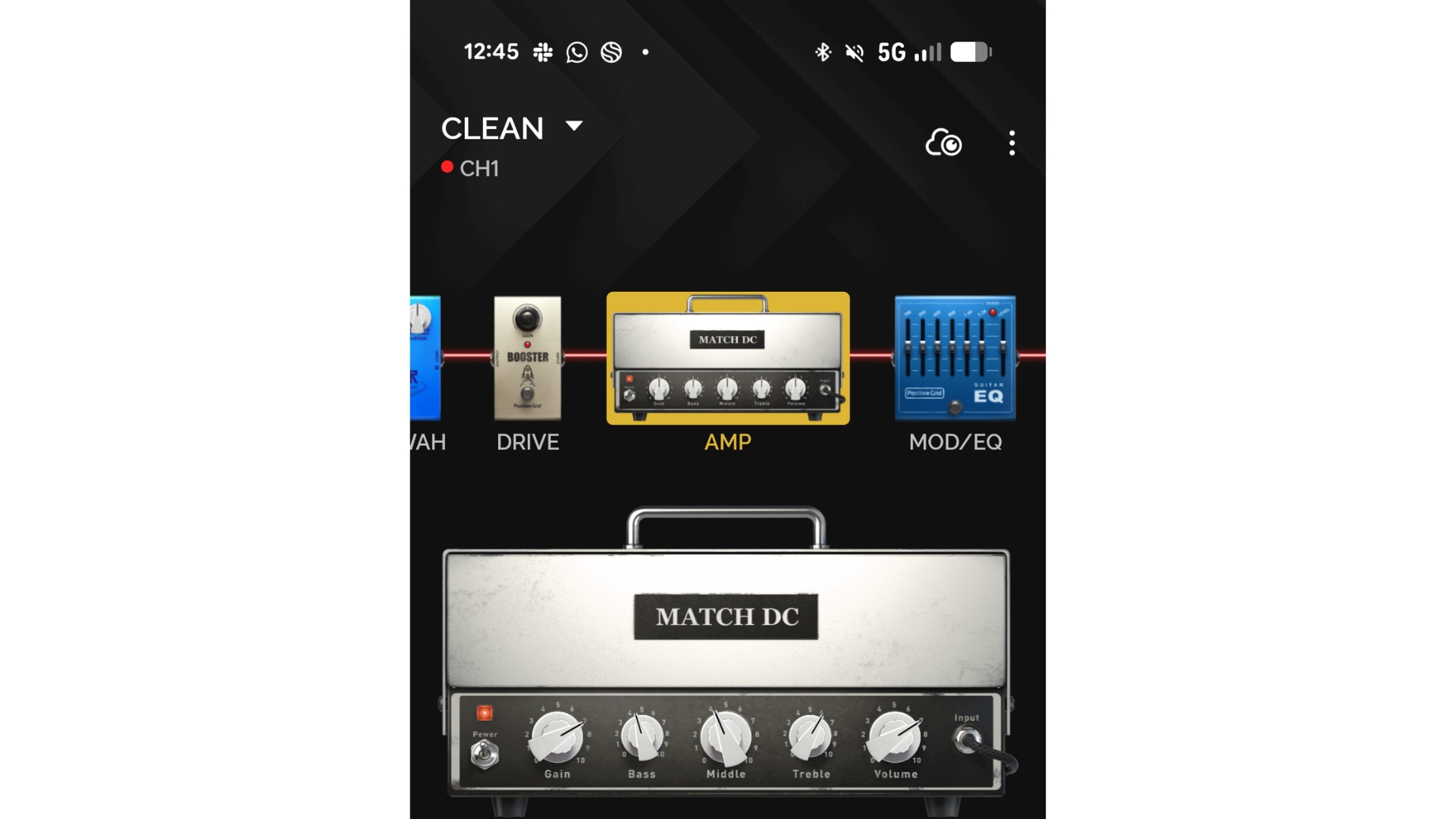
Pulling out my (Android) smartphone next, I set about connecting the Spark app to the headphones in order to access more sounds. After tapping the power button to enable Bluetooth connect mode, I go about using the app to try and find the Neo Core as a device, which the app does successfully but I’m unable to get it to connect this way. Going into my phone settings and connecting to the audio portion there does the trick though, and as I get back to Spark app it finds and connects to the headphones immediately.
The app itself is no different visually from any other Positive Grid product, giving you the classic visual layout of your amps and effects in a signal chain along the top, and a larger, touch-adjustable picture of each individual piece of gear below.
I can save four presets to the hardware, swapping in different pieces of gear to suit my particular sound, and tweaking them as I like.It works really well, although I wish the tuner was a bit more accessible as I frequently use it and imagine other guitarists do too. Also, there are some limitations in the app versus using it with some of the traditional Spark practice amps, like the Positive Grid Spark Mini, for example.
Neither the video portion of the app nor the Smart Jam function is available with Spark Neo Core or Spark Neo, which may be disappointing if you're coming from another Spark amp. Officially, it's due to hardware limitations, as Smart Jam in particular requires sound to operate. These features are available and do work when you use regular Spark amps with headphones though, so I feel like they should still be available for guitarists using Spark Neo and Core.
Sounds
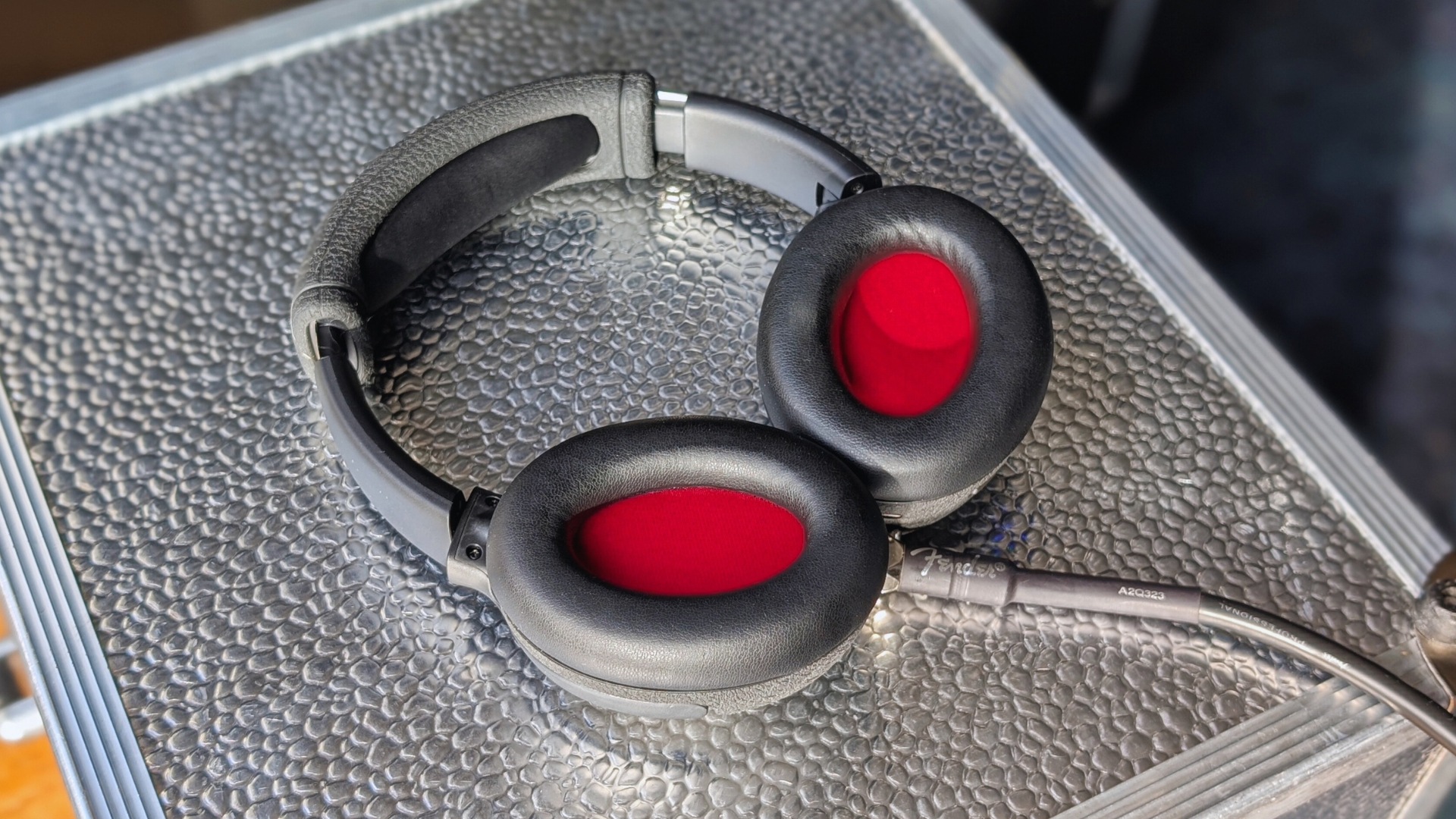
Sounds rating: ★★★★½
Plugging in a Cort beginner electric guitar I’m also reviewing at the moment, I scroll through the hardware presets which offer clean, crunch, solo, and high-gain tones. It shows you immediately the gamut of sounds the Spark modeling software is capable of. No matter what sort of style you love to play, there’s no way you won’t be able to pull a tone you love out of the Spark Neo Core.
There’s no active noise canceling, but the sense of isolation once I put the ear cups over my ears and turn the volume up on my guitar is sensational. Whilst I’m chugging away with my baritone guitar I don’t even notice my partner walk into the room, and I have to pull an ear off to hear what she’s saying. I wasn’t listening particularly loudly either. If you are prone to turning things up and are worried about affecting your hearing, the app does warn you once you get beyond a certain threshold of volume.
With the separation between myself and what’s going on in the room, there’s nothing to interrupt me from focusing on my playing
The stereo reverbs and delays sound fantastic, giving a real sense of space whether I’m going for cavernous reverb settings or just getting that amp in a room feel. Ping pong delays bounce from ear to ear delightfully, and with the separation between myself and what’s going on in the room, there’s nothing to interrupt me from focusing on my playing. The other effects are superb too, and with such a massive suite to choose from you can dial in pretty much any tone you like.
As there’s no wireless to contend with it feels very immediate too, with no noticeable latency. Every note played from the guitar feels connected to what comes out of the ear cups, to the point that it’s easy to forget I’m playing with headphones and on and just get absorbed in the sounds.
Trying out the Spark AI tone generation feature, I’m met with a similar experience as I got when reviewing other Positive Grid products. Sometimes it’s right on the money, other times I need a lot of tweaking of the preset to get what I want. I do believe its great if you need a quick starting point though. Once I’d made some adjustments to my ‘Mars Volta freakout tone’ prompt, I found it was actually pretty close to what I wanted.
Verdict
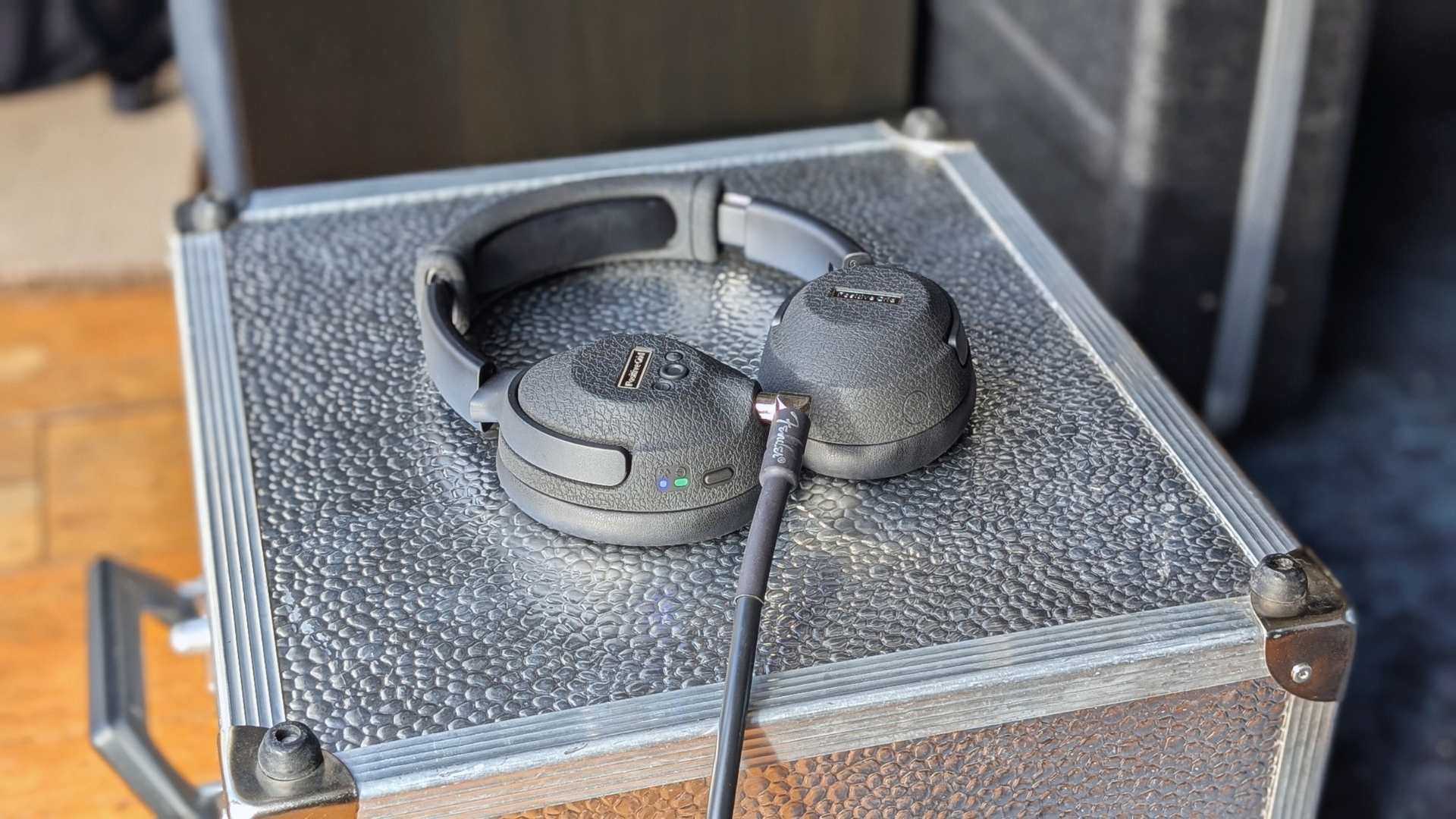
In terms of tones, it’s impossible to fault the Positive Grid Spark Neo Core. It delivers pretty much any tone you can think of in an incredibly realistic way, making it a playground for guitarists of all abilities, and a potentially massive boon to your practice regimen. The AI tone generator might seem gimmicky, but it’s genuinely fun to mess around with and more often than not results in some very usable sounds once you tweak them a bit.
Where the Core falls short against its pricier, wireless cousin however, is in the comfort of use
Where the Core falls short against its pricier, wireless cousin however, is in the comfort of use. Having had to try three different cables before finally settling on something that worked for me, the straight design of the input jack is a big misstep that makes the Neo Core a lot harder to use than it should be. It means that for the guitarists who can afford it, they’ll be much better off with the Spark Neo.
Guitar World verdict: If you’re on a tight budget then the Positive Grid Spark Neo Core can absolutely replace going the traditional route of a practice amp, but you will need to find the right cable to make it work. The sounds are simply superb, offering an immersive and inspiring playing experience and with such a vast choice of tones on offer, most guitarists will find something they love here.
Test | Results | Score |
|---|---|---|
Build quality | Rock solid build, but not foldable | ★★★★½ |
Usability | Works well with the app, but let down by input placement | ★★★½ |
Sounds | Jam-packed full of outstanding tones | ★★★★½ |
Overall | A great value headphone amp for guitar | ★★★★☆ |
Also try
Positive Grid Spark Neo - $249/£179
The original Spark Neo is a better choice than the Neo Core, if your budget can stretch to it. Doing away with the cable makes them a much more ergonomic choice, and you get all the same great sounds and excellent build quality.
Read more: Positive Grid Spark Neo review
Boss Waza Air - $399/£373
In terms of design, the Boss Waza Air is showing its age a little bit, but don’t let that put you off. The sounds are of the typical Boss quality, and the surround mode places you in a room with the amp, offering a remarkable tonal quality you won’t find elsewhere.
Read more: Boss Waza Air review
Fender Mustang Micro Plus - $149.99/£149
If you already own a decent pair of headphones, the Fender Mustang Micro Plus offers the best all-around experience for a traditional headphone amp for guitar. Featuring loads of beautifully modeled tones and an easy-to-access tuner, it’s also great value for money.
Read more: Fender Mustang Micro Plus review
Hands-on videos
Positive Grid

Matt is a Junior Deals Writer here at Guitar World. He regularly tests and reviews music gear with a focus on guitars, amps, pedals, modelers, and pretty much anything else guitar-related. Matt worked in music retail for 5 years at Dawsons Music and Northwest Guitars and has written for various music sites including MusicRadar, Guitar Player, Guitar.com, Ultimate Guitar, and Thomann’s t.blog. A regularly gigging guitarist with over 20 years of experience playing live and writing and recording in bands, he's performed everything from jazz to djent, gigging all over the country in more dingy venues than you can shake a drop-tuned guitar at.
You must confirm your public display name before commenting
Please logout and then login again, you will then be prompted to enter your display name.
